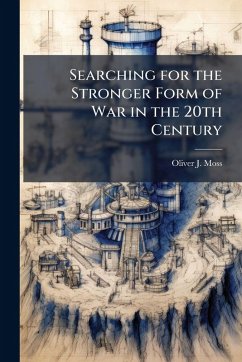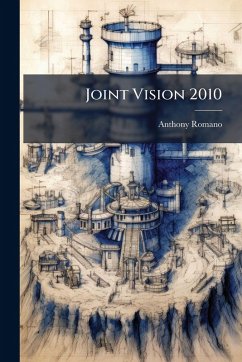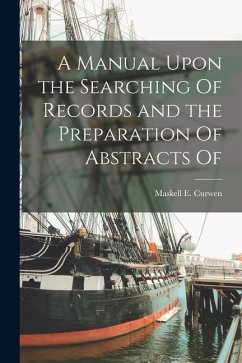
Searching for the Essence of Red Teaming

PAYBACK Punkte
7 °P sammeln!
The strategic and operational environment in which the United States military will operate in for the foreseeable future is characterized by its complexity. Historically the United States military has taken a linear approach to understanding the environment as well as problem solving. This linear approach limits the ability of the military to adapt when faced with rivals who do not adhere to similar methodologies. Often when placed in environments whose logic differs from what is expected, the system seems chaotic when in fact it is not. This seeming chaos reduces the effectiveness of military...
The strategic and operational environment in which the United States military will operate in for the foreseeable future is characterized by its complexity. Historically the United States military has taken a linear approach to understanding the environment as well as problem solving. This linear approach limits the ability of the military to adapt when faced with rivals who do not adhere to similar methodologies. Often when placed in environments whose logic differs from what is expected, the system seems chaotic when in fact it is not. This seeming chaos reduces the effectiveness of military action because the military may try to solve the wrong problem with limited capacity to assess whether their efforts are achieving success. Given that the military will need to be able to operate within this environment, new methodologies have been incorporated into Army staffs including red teams. The author argues that red teaming combats a historical legacy of linear thinking and bounded rationality by providing an alternative perspective to the staff triggering sensemaking. From sensemaking emerges adaptation and creativity better enabling the Army to manage complex systems within limits of tolerance. The author recommends the Army invest additional resources in its red team members in order to enhance their ability to use the considerable arsenal of tools at their disposal. This work has been selected by scholars as being culturally important, and is part of the knowledge base of civilization as we know it. This work was reproduced from the original artifact, and remains as true to the original work as possible. Therefore, you will see the original copyright references, library stamps (as most of these works have been housed in our most important libraries around the world), and other notations in the work. This work is in the public domain in the United States of America, and possibly other nations. Within the United States, you may freely copy and distribute this work, as no entity (individual or corporate) has a copyright on the body of the work. As a reproduction of a historical artifact, this work may contain missing or blurred pages, poor pictures, errant marks, etc. Scholars believe, and we concur, that this work is important enough to be preserved, reproduced, and made generally available to the public. We appreciate your support of the preservation process, and thank you for being an important part of keeping this knowledge alive and relevant.












